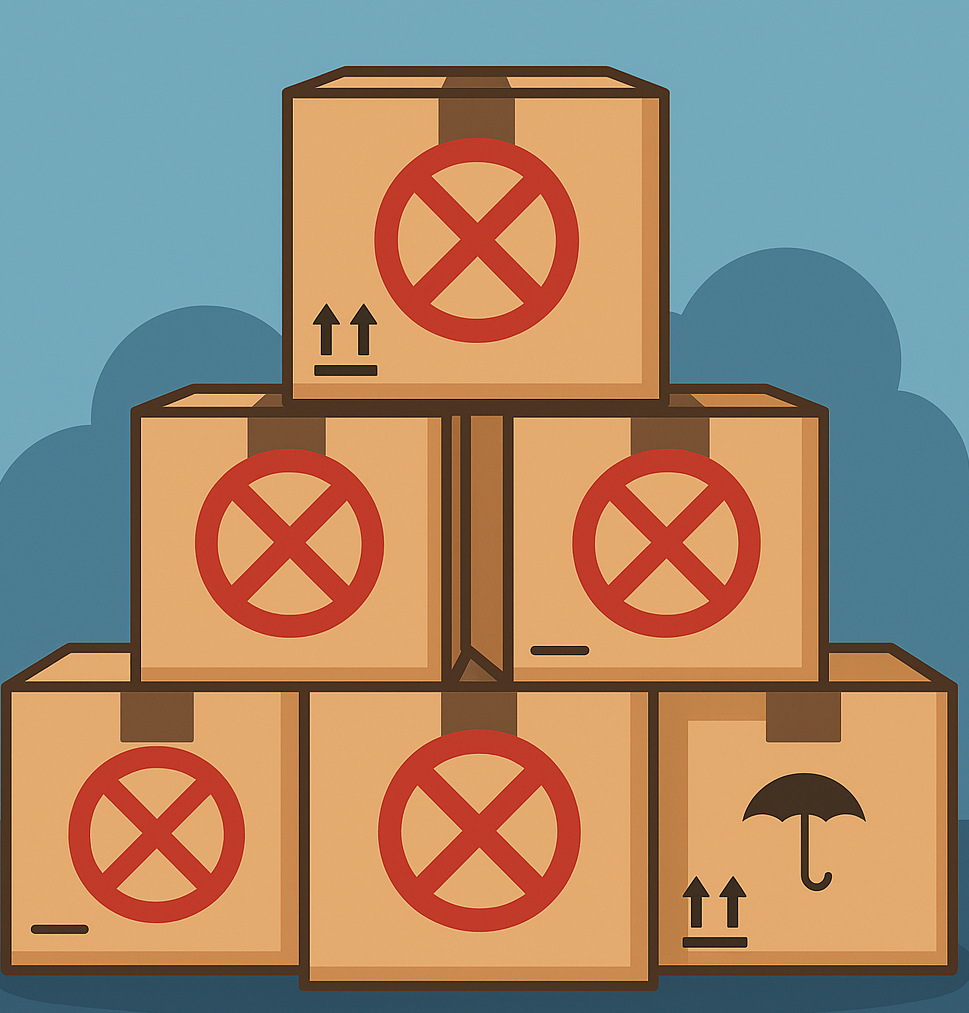The Ultimate Guide to Importing into Indonesia: Understanding LARTAS and Prohibited Items
Why Importing to Indonesia Isn't Always Straightforward
Indonesia, with its large population and abundant resources, implements policies to support and protect its domestic industries. One such measure is LARTAS, which stands for Larangan dan/atau Pembatasan (Import/Export Prohibition and/or Restriction). This mechanism regulates the importation of goods that can be produced locally or pose risks to national interests.
What is LARTAS?
LARTAS refers to restrictions or prohibitions imposed on the import or export of goods. These are enforced to:
Protect public health, safety, and the environment
Safeguard national security and public interest
Preserve biodiversity and cultural heritage
Important: There are many types of LARTAS. The three listed below are only examples and do not cover all cases.
Types of LARTAS
A. Based on Timing
Border LARTAS: Requirements must be fulfilled before the goods leave the customs area, under the supervision of the Directorate General of Customs and Excise.
Post-Border LARTAS: Requirements are checked after customs clearance, typically by relevant technical ministries.
B. Based on Type
LARTAS Type Description
SNI (Indonesian National Standard) Goods must comply with national quality standards.
LS (Surveyor Report) A mandatory certificate verifying that goods match the documents (packing list, invoice), issued by authorized surveyors.
BB (Hazardous Materials) Importation requires special permits for dangerous or toxic items.
➡ LARTAS can be waived for goods that are not intended for domestic use, such as for re-export or exhibition, depending on regulations.
If LARTAS Requirements Are Not Yet Fulfilled
When imported goods arrive in Indonesia without completed LARTAS documentation, they can be stored temporarily in a Bonded Logistics Center (PLB).
Benefits of PLB:
Storage without import duties or VAT while waiting for documentation
Extended holding period
Goods can be officially released only once LARTAS conditions are met
Prohibited Imports in Indonesia
According to the Ministry of Trade Regulation No. 18/2021, amended by No. 40/2022, prohibited goods include:
Certain types of sugar and rice
Ozone-depleting substances (CFC, HCFC-22)
Used clothing, sacks, or bags
Hazardous and toxic waste
Cooling devices using banned chemicals
Certain pharmaceuticals and food products
Tools containing mercury
Specific hand tools
Full list available in MoT Regulation 40/2022, Annex II
Legal Basis for Import/Export Prohibition
As per Article 10(3) of Government Regulation No. 29/2021, prohibited goods must meet at least one of these criteria:
Risk to health, safety, or environment
Threat to national/public interest or social values
Endangered plants or wildlife conservation
Practical Tips for Importers
✅ Verify the HS Code
✅ Check with relevant authorities
✅ Use PLB for interim storage
✅ Explore LARTAS exemptions for re-export items
Need help navigating Indonesia's import regulations?
Book a free consultation with Transcon Indonesia — your partner in bonded logistics and customs compliance.
Hashtags (English):
#IndonesiaImport #LARTAS #CustomsIndonesia #BondedLogistics #ImportExport #TradeCompliance #SupplyChainIndonesia #PLBIndonesia #TransconIndonesia #ImportTips
